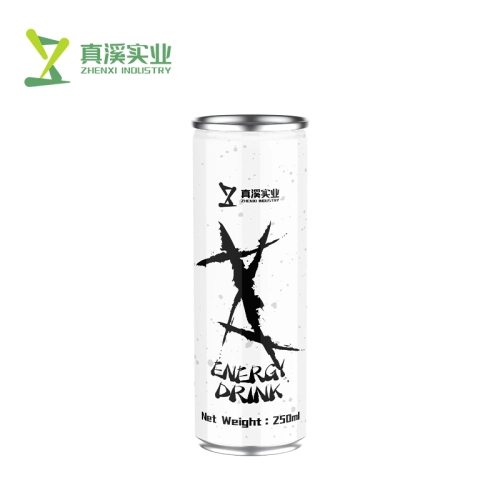The issue of whether or not the taste is influenced by soda cans would be a topic that receives much debate. There are a lot of different factors that will play into how soda cans affect the flavor of what they hold inside. The can in which they are housed is perhaps the most important part. Aluminum, the metal that soda cans are made from is coated on the inside with a polymer layer to stop fizzy drink reacting with it. This lining has an immense role in keeping the flavor of a drink and preventing anything metallic-flavor to drop into it.
Studies have shown that the packaging of soda can influence our taste! A 2015 study in the Journal of Food Science found participants could tell when soda was stored in aluminum cans compared to glass bottles. Around 60% of the participants reported that soda tasted better in glass bottles; they perceived this as owing to differences associated with packaging material.
While industry insiders have joked about the taste of a soda can if its internal liner is breached, Ash attributes this precision improvement to colder processing. In response the The Food and Drug Administration (FDA) mandates strict safety requirements for linings used in soda cans to keep this chemical risk at a minimum. The filtration idea that is used in present-day soft drink can makes sure the flavor within a beverage will not note even more nasty or sometimes metal just like ahead of when it again make contact with ones lips.
According to Dr. Charles Bamforth, a professor of brewing science at the University of California, Davis: "How people perceive taste can be affected by whether or not their beer comes in bottles," as well; Carbonation retention and temperature stability are two key variables influencing this factor. This is a good reminder that the cask will certainly have an effect, but other things such as carbonation levels and serving temperature can not be forgotten.

Cans are much more airtight than bottles and as such have higher carbonation levels, which can alter the drinkers perception of how patrons perceive taste. Carbonation is preserved in a soda can longer than plastic, so you will get fresher taste for more time. That being said, several consumers may disagree because a little more carbonations could mask the taste.
Internal Coca-Cola study comparing taste of its product in different packaging materials The findings revealed no meaningfully nuanced distinction for taste perception between cans and bottles, when products are fresh. This implies that if there is truly a difference it may be more in the realm of your mind than reality.
That leaves consumer preferences. Some people say they like soda from cans the best, others bottles. In a survey conducted by Beverage Digest, 45% of respondents were partial to soda in cans and 40% preferred bottles, with the balance for neither. Nostalgia and sensory perceptions can impact these preferences.
' "Taste is this wondrous combination of senses and memory that combine to give you real true pleasure,'" said television personality and celebrated chef Alton Brown The cup from which we drink affects in what way it tastes to us, but the effect may not be readily detectable. This quote points at the cognitive aspect of how we perceive flavour as our mind is equally important to this equation as are sensory inputs.
For flavor, some consumers may benefit by storing cans at a stable temperature and then drinking them shortly after opening the can. It is also worthy to mention that the recipe of a soda, carbonation level as well as serving temperature could all affect how it tastes in final.
To learn more about how soda cans affect taste, and for ideas such as the ones above visit Soda Cans
